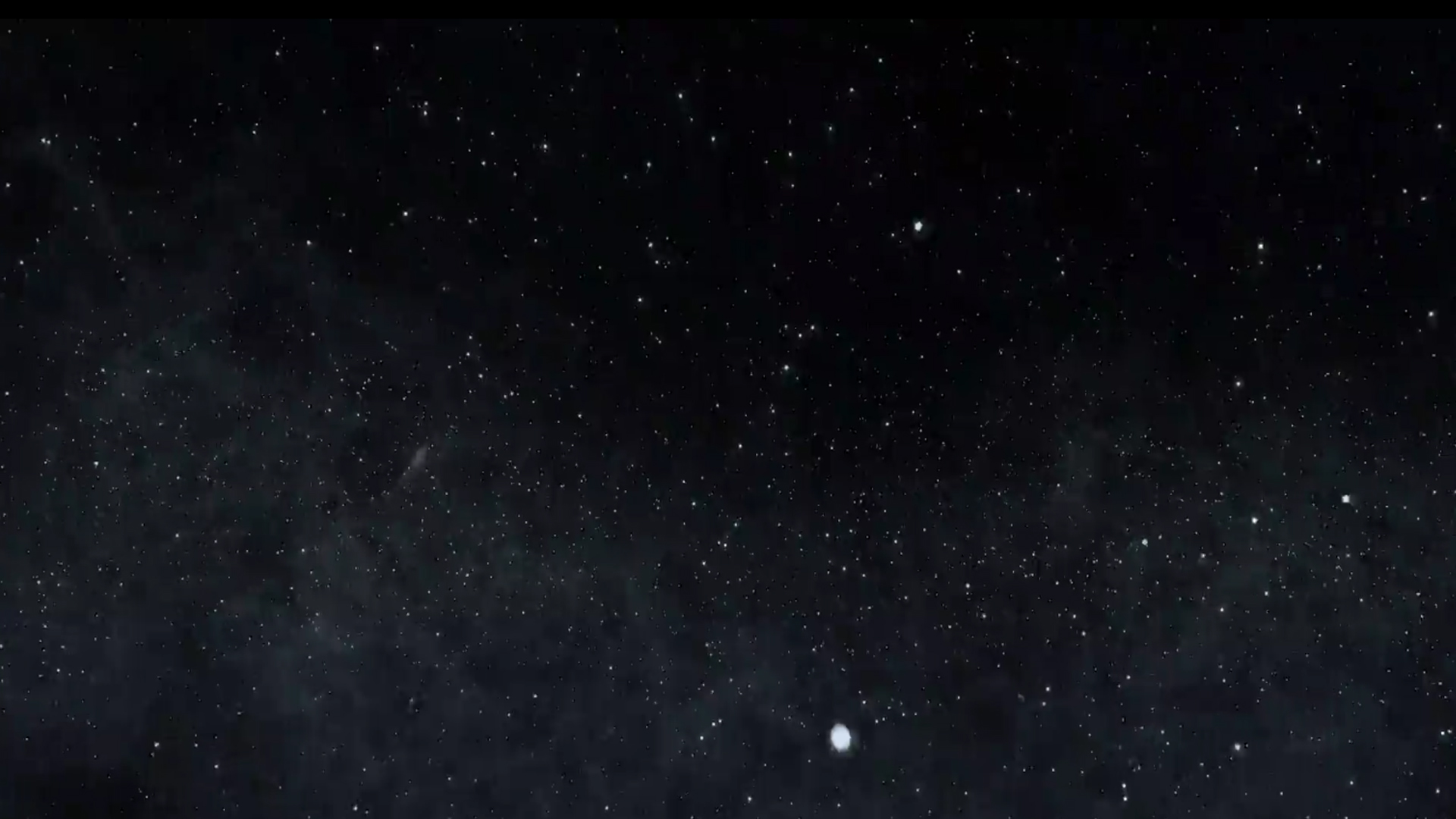The dual frame feature within the i-SPEED 7 series camera is intended as a future
update. This will allow the camera to fire 2 images from a single incoming sync and control the interframe time very accurately within the camera.
The camera is also be compatible with PIV systems using the following two methods:
- Using constant input syncs
- Using 'Random Snapshot' mode
Constant input syncs
The camera can be given a constant frequency and then the laser pulses aligned to
the known start of the required exposures. The camera sync pulses must be
continuous and must not stop between PIV double pulses.

In the example above frames 1 to 6 will be stored in camera memory and contain the
image pairs. If the laser cannot fire on all frames then some frames will not have
illumination.
Once the video has been saved as an image sequence then any resultant black frames
can be deleted.
Random Snapshot mode
Random snapshot allows the camera to only expose a single image on receipt of a
sync in signal. Live view is not possible during this time due to the sensor only
framing on an incoming sync, so the last image grabbed will be held on the screen
until the next sync.
This means that a double sync pulse is required per double laser pulse. The camera
has a reaction time from the incoming sync and the start of exposure, this should be
considered to ensure the laser fire is during the active exposure period.

Using random snapshot allows only the frames required to be stored (no black nonilluminated
frames) and therefore allows much longer samples of PIV double frames
to be stored in the cameras memory.
For both methods the connection to the cameras sync input is via the feature lead.





